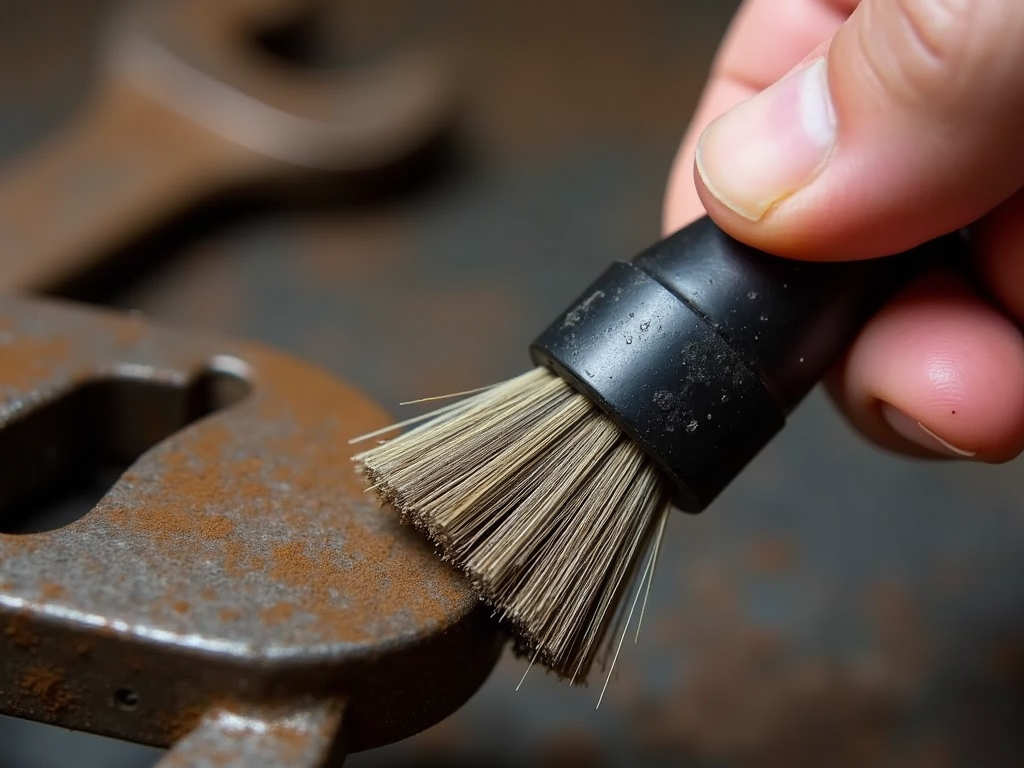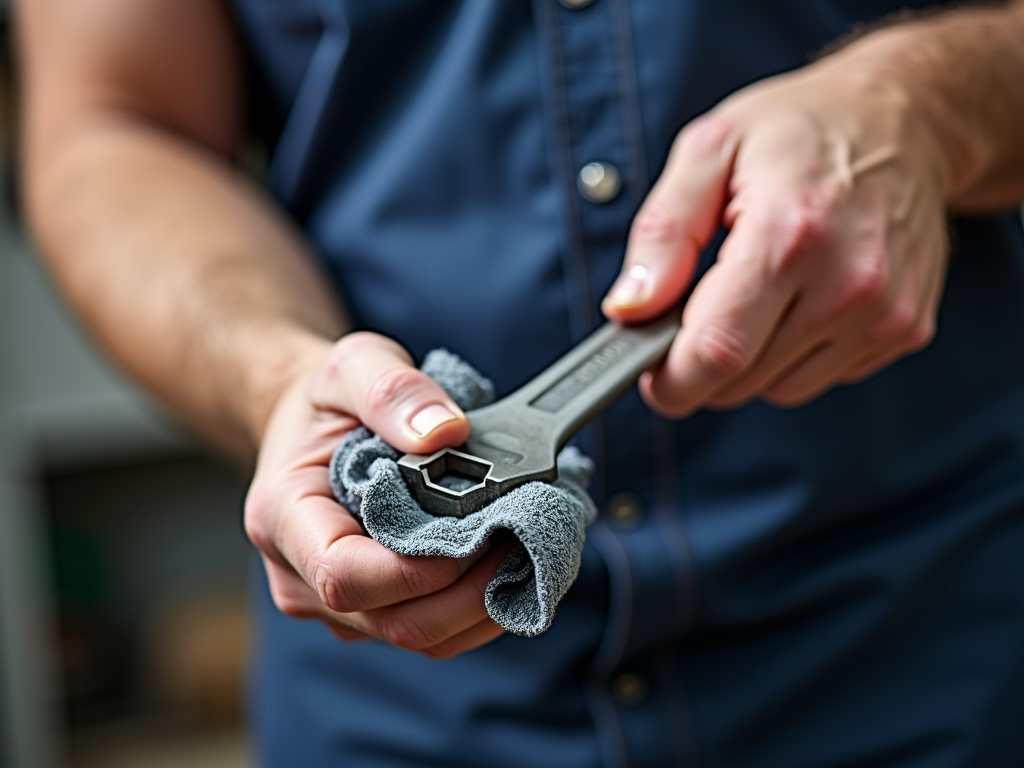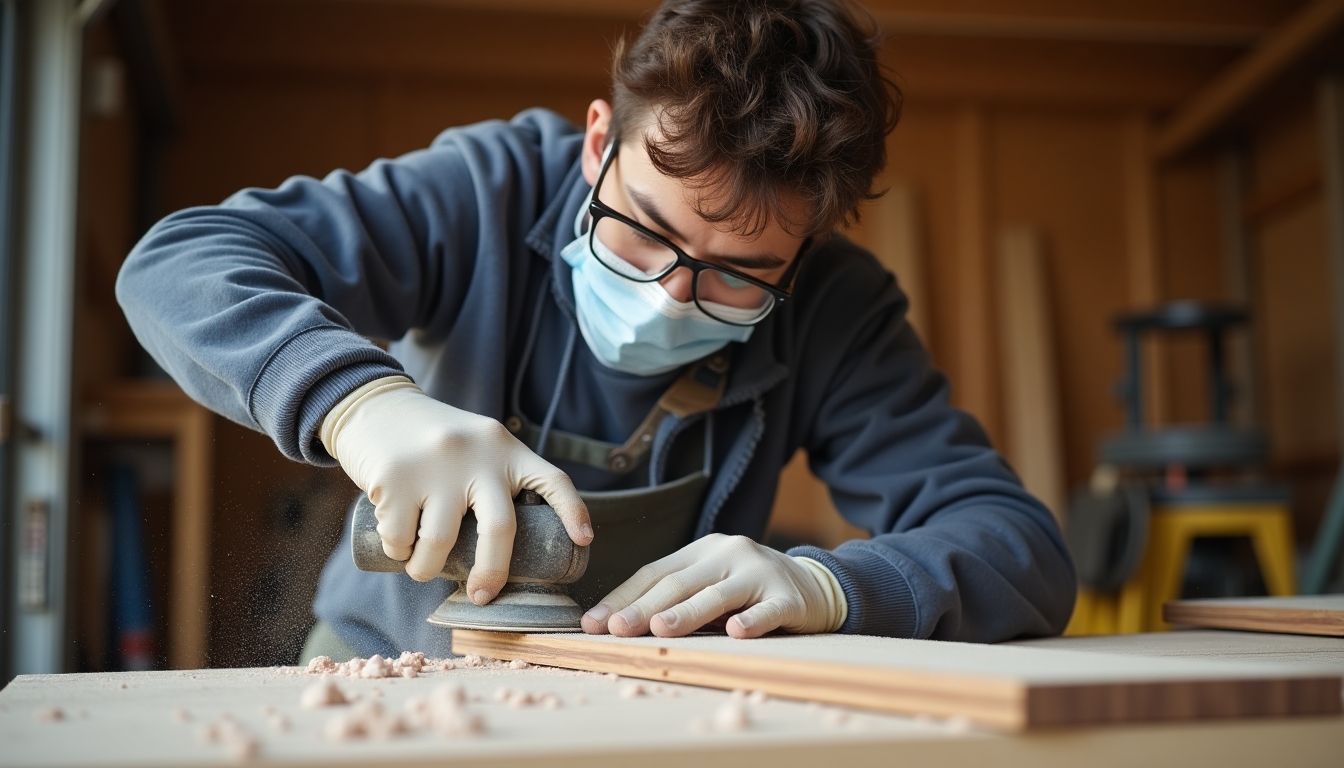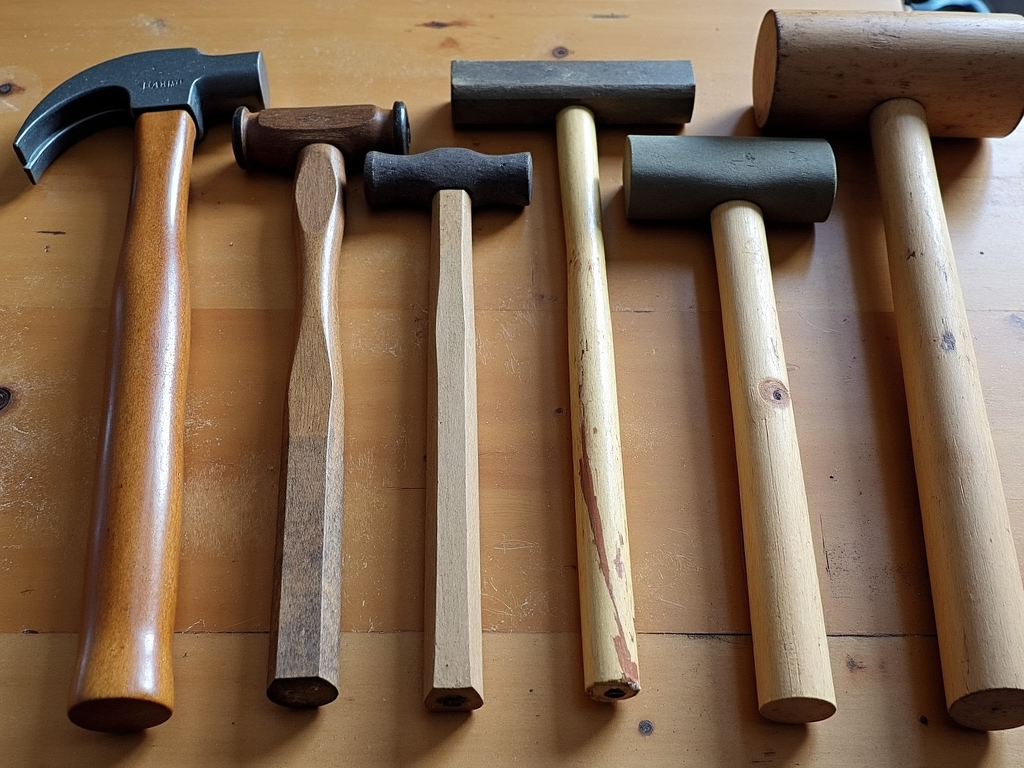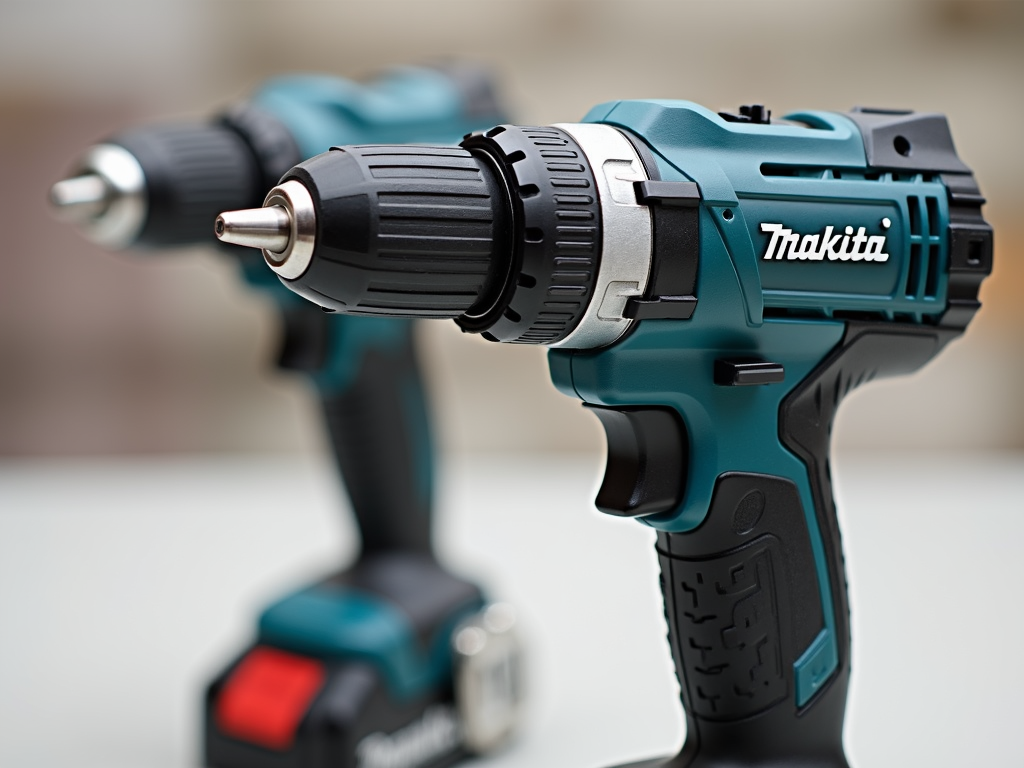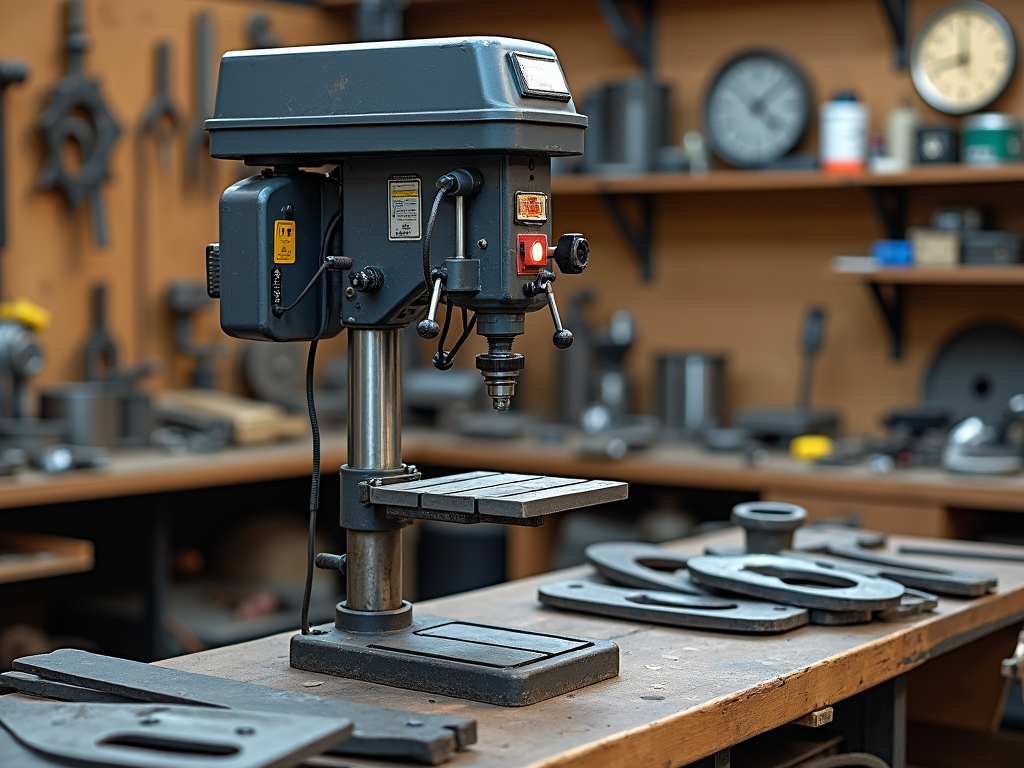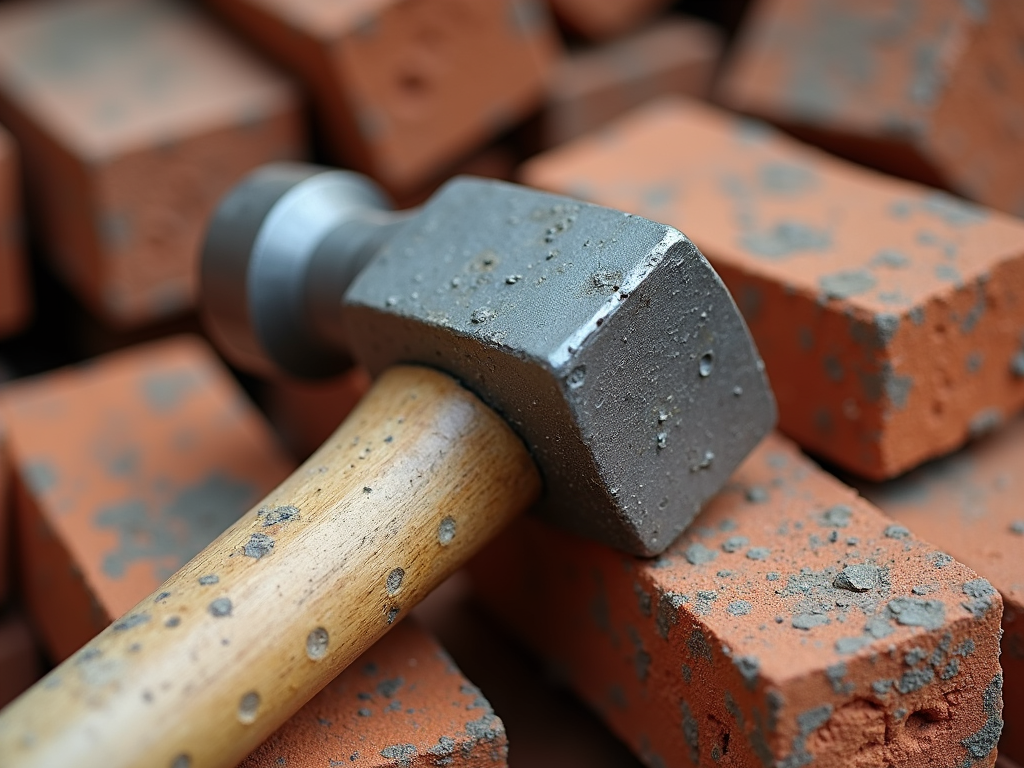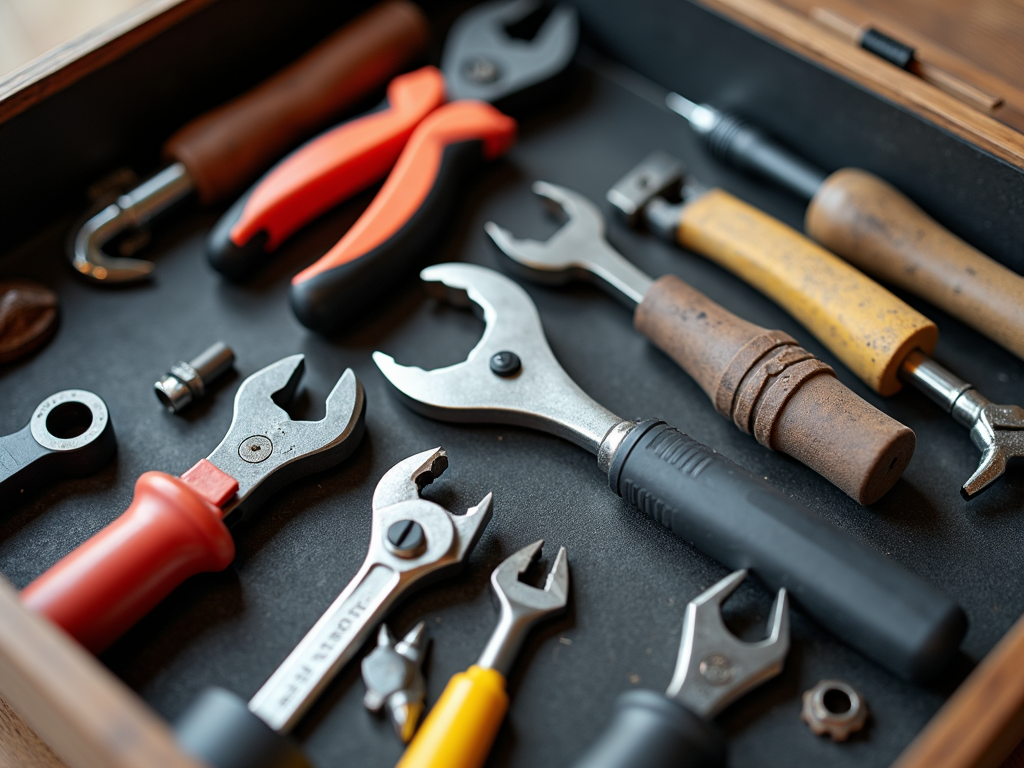Overview
Your tools affect your work and health every day. Ergonomic workman tools help you stay comfortable, avoid injuries, and get more done. This article explains how to choose ergonomic hand tools for reduced strain and better results, with easy steps anyone can follow.
What Does Ergonomic Mean for Tools?
Ergonomics is about making tools fit you, not the other way around. It’s a science that designs things to match how your body moves naturally. For workman tools, this means less pain and more ease while you work.
Why does this matter? Bad tools can hurt you over time. The Occupational Safety and Health Administration (OSHA) says many workplace injuries come from tools that strain your hands or back. Ergonomic tools cut that risk. They feel better, and they help you work longer without getting tired.
I’ve used regular hammers that left my wrist sore after an hour. Switching to an ergonomic one changed everything—no more pain, just smooth swings.
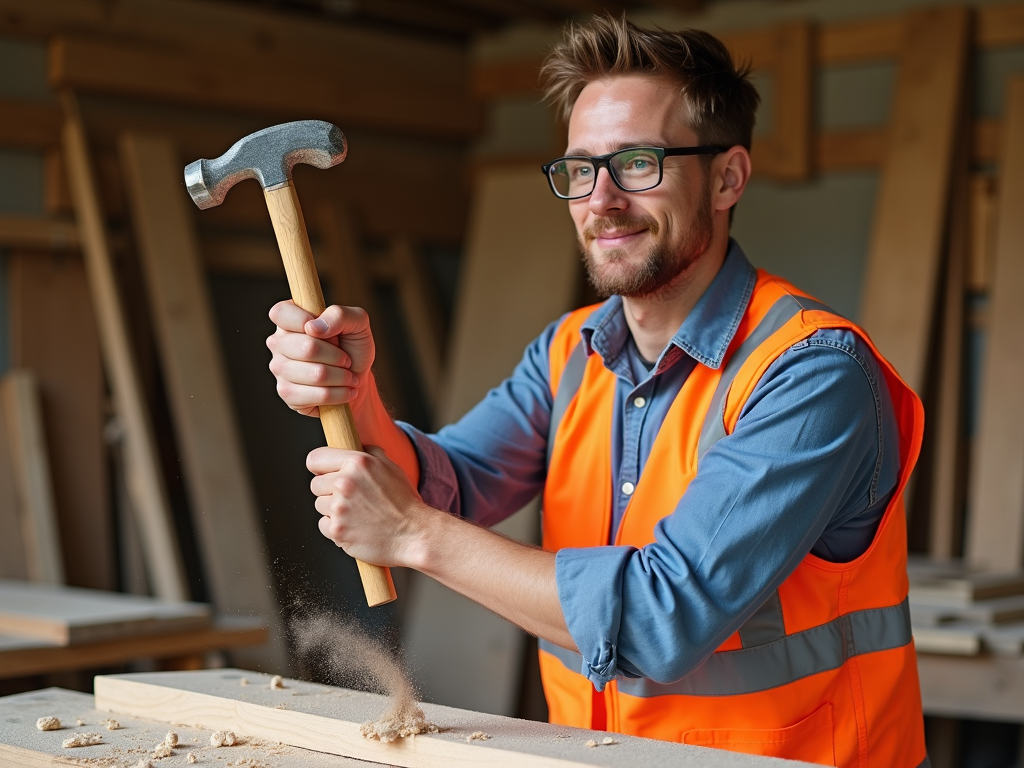
Why Ergonomic Tools Boost Productivity
Maximizing productivity with ergonomic tools isn’t just a fancy phrase—it’s real. When your hands don’t ache, you focus better. When a tool fits right, you finish tasks faster. A National Institute for Occupational Safety and Health (NIOSH) study found ergonomic tools can cut injury rates by 50% and speed up work by 20%.
Think about it: if you’re not stopping to shake out a cramped hand, you keep going. That’s time saved and energy kept for the next job.
Features to Look for in Ergonomic Hand Tools
Not all tools labeled 'ergonomic' are worth it. Here’s what to check:
- Handle Shape: Look for curves that fit your hand. A good grip shouldn’t make you squeeze hard.
- Weight: The tool shouldn’t feel like a workout. Balance matters—too heavy in the wrong spot strains your arm.
- Vibration Control: Power tools should dampen shakes. Less buzz means less harm to your hands.
- Adjustable Parts: Tools you can tweak to fit you are gold.
- Materials: Light but strong wins. Heavy steel might last, but it tires you out.
A University of Michigan study showed ergonomic handles lower grip force by 30%, saving your muscles Ergonomic Tool Study.
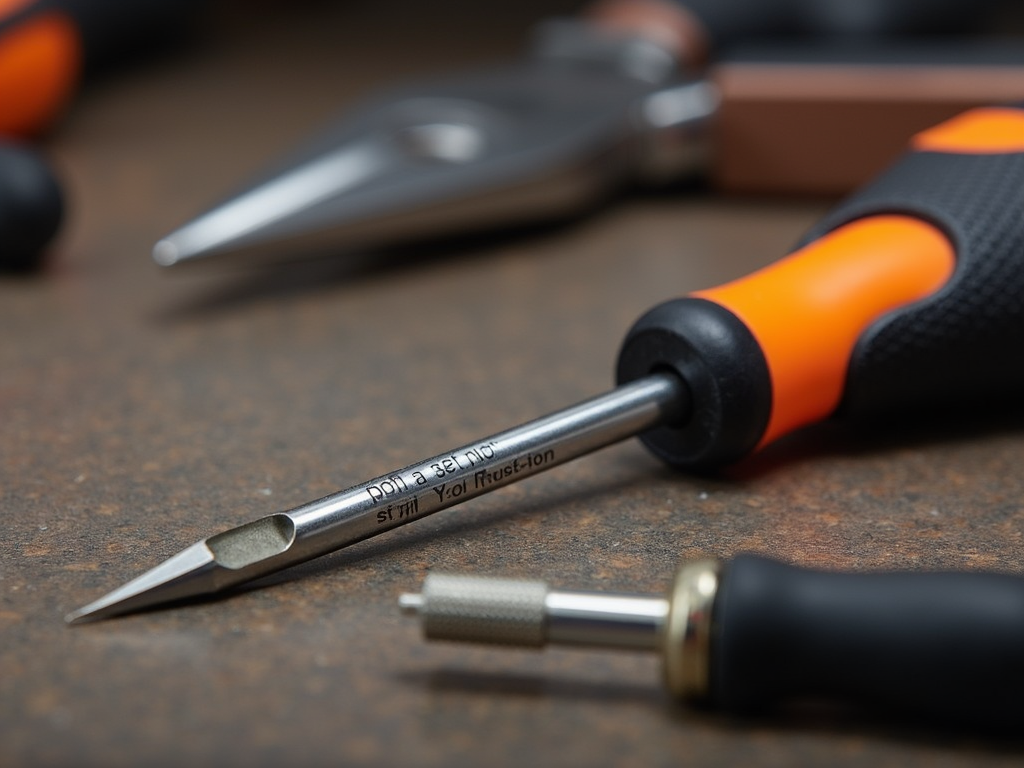
Match Tools to Your Work
Your job decides your tools. Here’s how to choose ergonomic workman tools for what you do:
- Carpentry: Get hammers that soak up shock and saws that don’t twist your wrist.
- Plumbing: Wrenches with padded handles save your hands on tight pipes.
- Electrical: Screwdrivers with comfy grips make small twists easier.
I once helped a plumber friend pick a wrench. He went for one with a cushioned handle, and he said it made long days feel shorter.
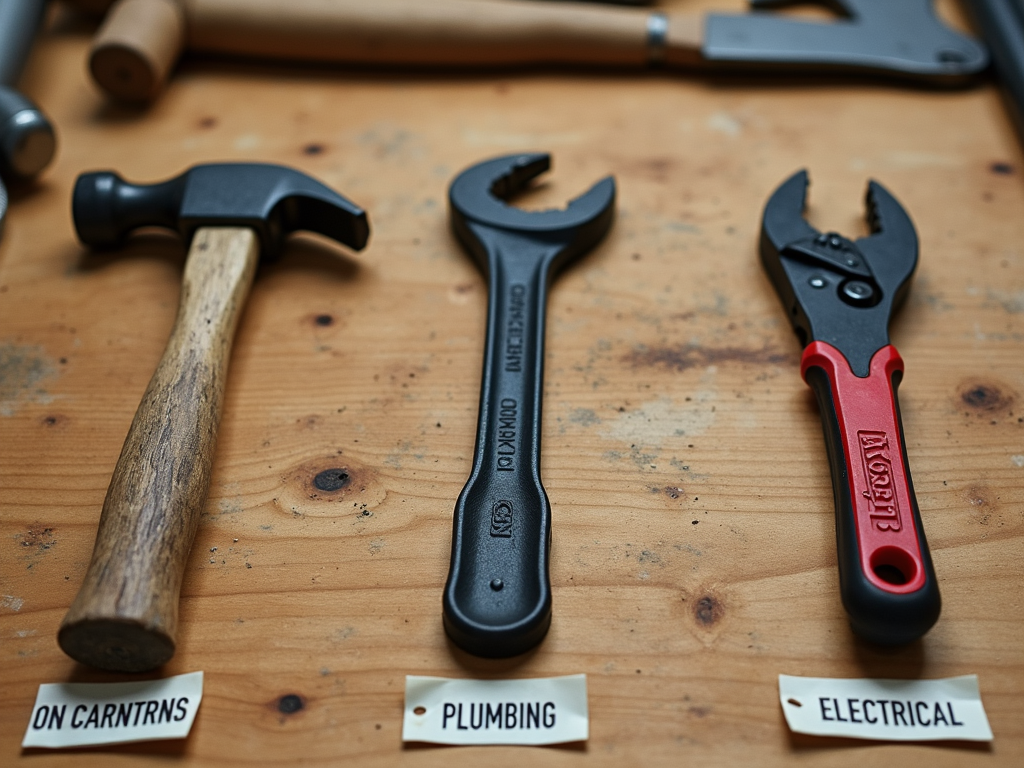
How to Test Comfort and Fit
A tool might look good, but you need to feel it. Try this:
- Hold It: Does the grip feel natural? No pinching or stretching.
- Move It: Swing or turn it like you’re working. It should flow easy.
- Weigh It: Too heavy? You’ll know fast.
Last year, I tested two drills. One felt light and balanced; the other made my arm ache in five minutes. Guess which one I bought?
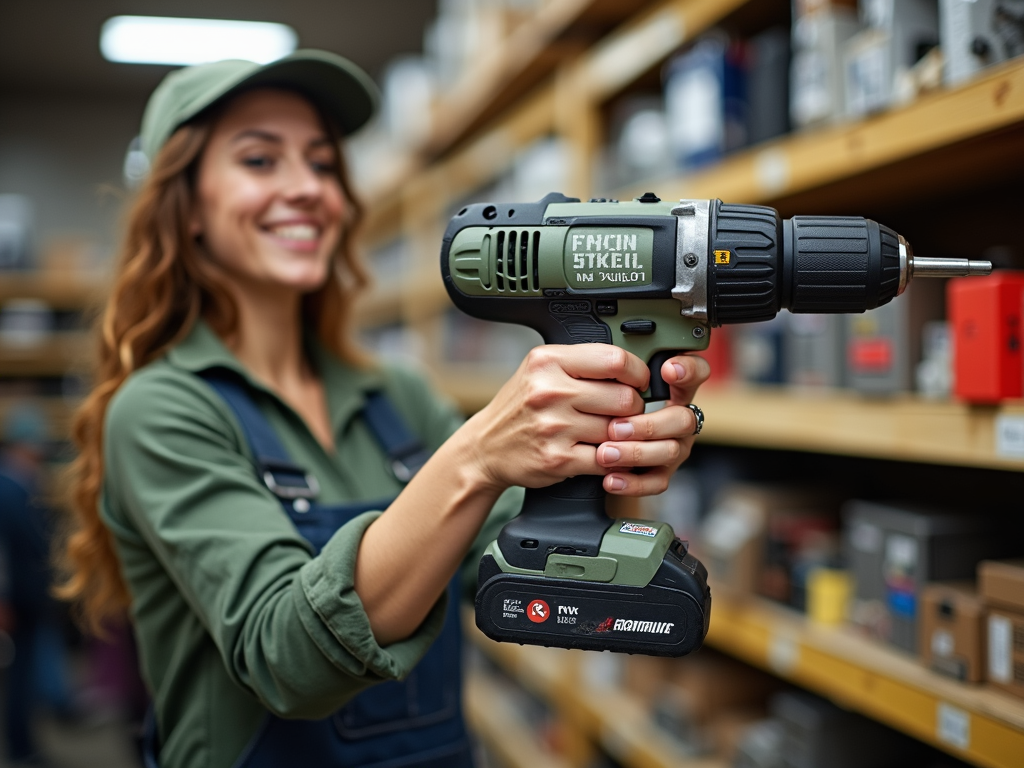
Tips to Pick the Right Tool
Don’t buy blind. Here’s how to choose smart:
- Try Before You Buy: Go to a store and hold it.
- Ask to Test: Some places let you use it on a sample.
- Talk to Others: Friends or reviews can point you to winners.
- Check Labels: Look for ergonomic certifications.
I learned this the hard way—bought a cheap saw online once. It hurt to use, and I returned it fast.
Keep Your Tools Working Well
Good tools need care. Here’s how:
- Clean Them: Wipe off dirt so the grip stays solid.
- Check Them: Look for cracks or wear. Fix or replace quick.
- Store Them: Use a box or pegboard, not a messy pile.
I keep my tools on a pegboard. They last longer, and I grab them easy every morning.
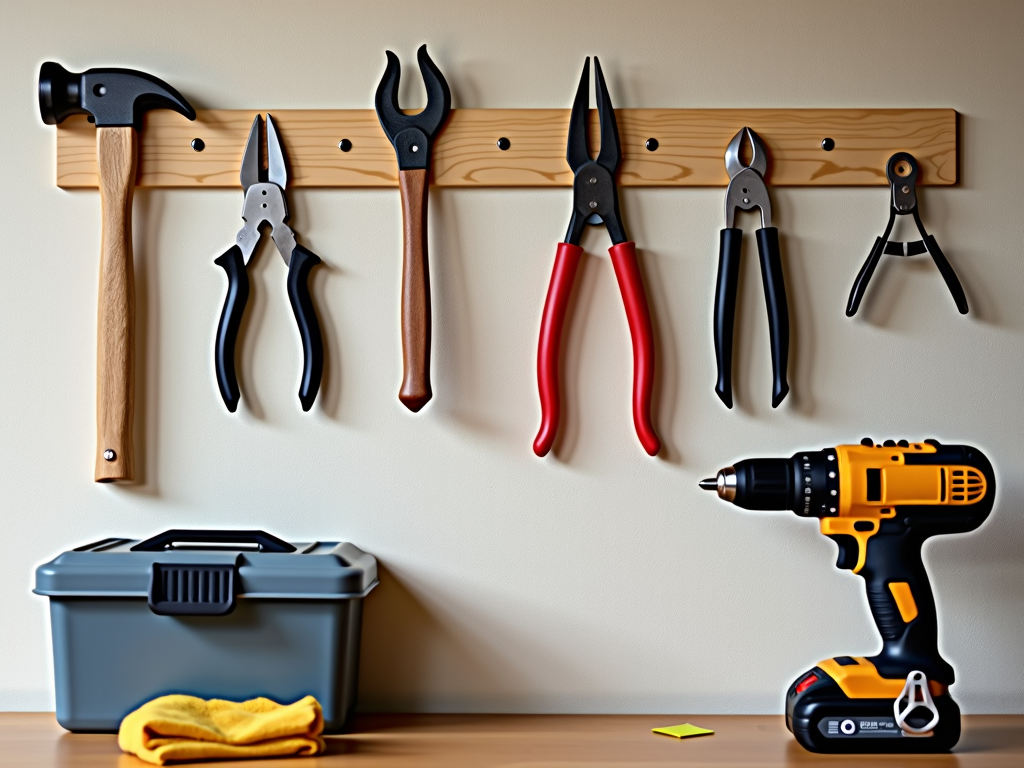
Extra Benefits of Going Ergonomic
Switching to ergonomic hand tools for reduced strain pays off big. You’ll notice less soreness after work. Your hands won’t cramp up. Plus, you’ll get more done without feeling beat. It’s like giving yourself a break while still working hard.
A carpenter I know switched to ergonomic tools. He said his wrists stopped hurting, and he finished jobs faster. That’s proof it works.
Summary
Picking ergonomic workman tools keeps you healthy and strong on the job. Look for comfy grips, balanced weight, and the right fit for your work. Test them out, keep them clean, and watch your productivity climb. Hand tools matter—choose ones that help, not hurt.
Related How to Choose Ergonomic Workman Tools:
- How to Care for Your Hand Tools Like a Pro
- Essential Hand Tools Maintenance Tips for Every Workman
- Essential DIY Safety Tips for Beginners: A Comprehensive Guide
- Mastering Automation: A Deep Dive into Advanced Electrical Tools
- Choosing the Perfect Hammer for Every Job: A Comprehensive Guide
- Top Innovative Electrical Tools for 2023: A Comprehensive Guide
- The Ultimate Guide to Safety Gear for Construction Workers
- Mastering the Drill Press: Techniques for Better Precision
- How to Prep Your Room for a Perfect Paint Job
- Essential Construction Tools for Masonry Work: A Comprehensive Guide
- How to Choose the Right Power Drill for Your Projects
- Tool Care Basics: Essential Tips to Keep Your Gear Like New
